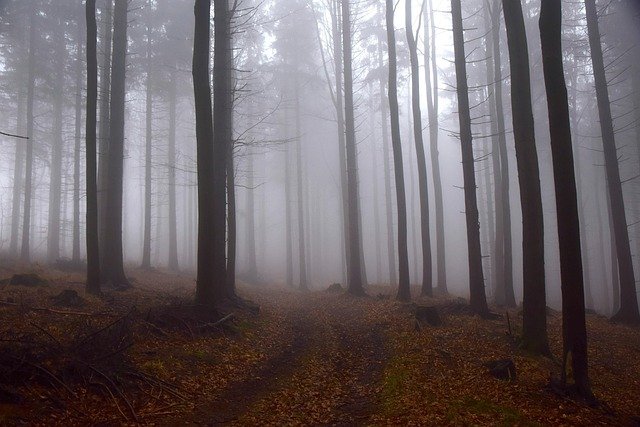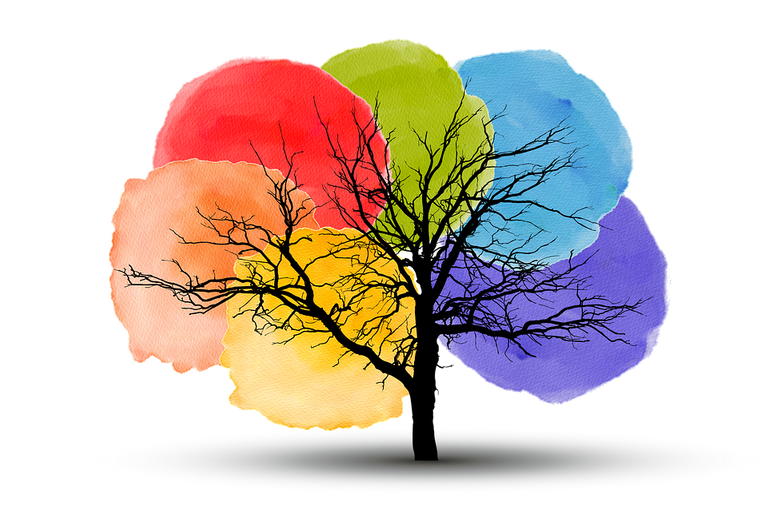**Title: "The Evolution of Storytelling in Video Games

The Secret Lives of Urban Wildlife
Urban environments are often viewed as concrete jungles, bustling with human activity and noise. However, beneath the surface of city life lies a vibrant world of wildlife that adapts, thrives, and sometimes struggles in these man-made landscapes. In this post, we’ll explore the fascinating lives of urban wildlife, the challenges they face, and the surprising ways they coexist with humans.
The Hidden Residents of Our Cities
1. Raccoons: The Nighttime Bandits
Raccoons are perhaps the most iconic urban wildlife. Known for their dexterous paws and masked faces, these creatures are adept at scavenging. They rummage through trash cans and dumpsters, often seen as a nuisance by city dwellers. However, their intelligence and adaptability allow them to thrive in urban settings, turning our waste into a buffet.
2. Pigeons: The Feathered Locals
Pigeons, or rock doves, are ubiquitous in cities around the world. These birds have adapted to urban life, finding food in parks, plazas, and streets. Despite being viewed as pests by some, pigeons play a vital role in the urban ecosystem, serving as prey for urban predators like falcons and hawks.
3. Coyotes: The Urban Predators
Coyotes have increasingly made their homes in urban areas, from parks to residential neighborhoods. These cunning animals are opportunistic feeders, preying on small mammals and even scavenging leftovers from human activities. Their presence can help control rodent populations, but they also pose challenges for pet owners.
4. Squirrels: The Agile Acrobats
Squirrels are a common sight in urban parks and backyards. These agile creatures have adapted to urban life by foraging for food in gardens and parks. Their ability to navigate trees and buildings with ease makes them a favorite among city dwellers, but their penchant for raiding bird feeders can lead to frustration.
The Challenges of Urban Living
While urban wildlife has adapted to city life, they face numerous challenges:
- Habitat Loss: As cities expand, natural habitats are destroyed, forcing wildlife into smaller and more fragmented spaces.
- Pollution: Air and water pollution can harm wildlife, affecting their health and food sources.
- Human-Wildlife Conflict: As urban areas encroach on wildlife habitats, conflicts can arise, leading to the displacement or harm of animals.
- Road Hazards: Urban infrastructure poses dangers, with roads and vehicles leading to numerous wildlife fatalities.
How We Can Coexist
Coexisting with urban wildlife requires understanding and respect. Here are some ways we can help:
- Create Wildlife-Friendly Spaces: Plant native gardens, install bird feeders, and maintain green spaces to provide habitats for urban wildlife.
- Educate Others: Share knowledge about the importance of urban wildlife and how to coexist peacefully.
- Practice Responsible Waste Management: Secure trash and compost to minimize attracting wildlife to human food sources.
- Support Local Conservation Efforts: Get involved with organizations focused on preserving urban ecosystems.
Conclusion
The secret lives of urban wildlife remind us that nature persists even in our bustling cities. By appreciating and protecting these creatures, we can foster a harmonious relationship that benefits both wildlife and humans. So next time you see a raccoon rummaging through your trash or a coyote trotting down your street, remember that they are not just intruders; they are our urban neighbors, adapting and surviving in a world that is constantly changing.
Feel free to share your own experiences with urban wildlife in the comments below! What surprising encounters have you had with the creatures that share your city?

All images are taken from the Pixabay.com